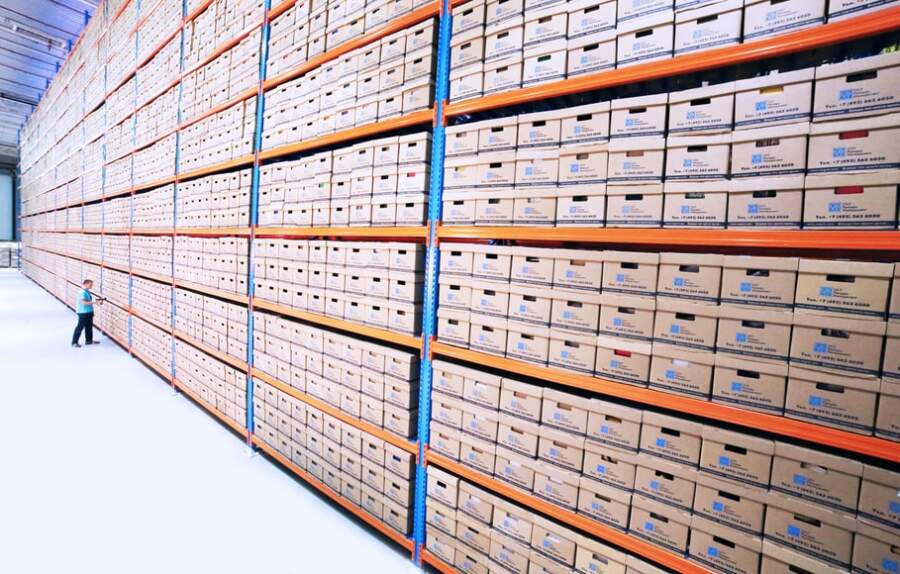Manufacturers have a unique set of challenges to manage when it comes to inventory. Not only do they need to keep track of different inventory types – such as raw materials and finished goods – but they also need to make sure that they are ordering and producing the right amounts of inventory to meet customer demand.
What is Inventory Management?

Inventory management is the process of managing a business’s inventory. This includes ordering, stocking, and tracking inventory. Inventory management is important for any business, but it is especially important in manufacturing. Manufacturing businesses have to deal with large inventory quantities and often need to track inventory in real-time.
How to Implement Inventory Management?

When implementing inventory management in a manufacturing business, there are several factors to consider. The first factor is order lead time. Order lead time is the amount of time it takes to place an order and receive the inventory. Manufacturing businesses should try to minimize their order lead time by forecasting future demand and placing orders well in advance.
The second factor is the inventory turnover rate. Inventory turnover rate is the number of times a company sells its entire inventory during a given time period. Manufacturing businesses should try to maximize inventory turnover rate, but they also need to consider safety stock. Safety stock is inventory held in reserve so that inventory doesn’t run out and sales can still continue uninterrupted.
The third factor is fill rate. Fill rate refers to the percentage of inventory orders filled from beginning inventory or inventory on hand. A high fill rate minimizes excess inventory and saves money lost when selling inventory that isn’t needed.
Inventory management is important for all businesses, but it’s especially crucial for manufacturing businesses because of the large quantities of inventory involved and often needs to track inventory in real-time. Manufacturing businesses should strive for low order lead times, high inventory turnover rates, and high fill rates. These factors will help them run a more efficient inventory management system.
7 Ways to Improve Your Inventory Management

Here are 7 inventory management practices that can help manufacturers optimize their business:
-
Use inventory forecasting tools
Forecasting tools can help you predict future demand for your products, which will help you order the right amount of inventory. There are a variety of forecasting tools available such as MRP software, so be sure to choose one that is tailored to your specific industry and product line.
-
Establish inventory stocking levels
It’s important to establish inventory stocking levels for each inventory type – such as raw materials and finished goods inventory. But your actual inventory stocking levels will likely fluctuate due to factors outside of your control, such as customer demand and market changes. Some manufacturers invest in Artificial Intelligence (AI) inventory management software that takes into account these variances and adjusts inventory stock levels accordingly through automation or by using a designated staff member.
-
Set up a reorder point system for raw materials inventory
Rather than monitoring inventory on an ongoing basis, many manufacturers choose to set up a reorder point system for their raw materials inventory. A reorder point system automatically triggers a purchase order when inventory falls below a certain level, eliminating the need for manual monitoring. Consider setting up a process to automatically receive inventory when it falls below the reorder point for an intermittently used inventory.
-
Use inventory minimization techniques for raw materials inventory
While inventory levels are important, it’s also important not to overstock raw materials inventory. This can cause safety stock inventory – which is used as protection against unexpected demand or supply shortages – to outweigh usage inventory, increasing long-term storage costs and requiring additional space for your inventory. Using inventory minimization techniques can reduce your overall inventory holding costs while ensuring that you have just enough inventory on hand to meet customer demand. For example, new standards being implemented by the International Organization for Standardization (ISO) will require manufacturers who handle hazardous chemicals to store their inventory in a closed-loop system to reduce the risk of product spills.
-
Minimize inventory shrinkage
Inventory shrinkage refers to inventory that is lost due to waste, theft, and damage, costing your business money and hurting your inventory turnover rate – which measures how many times inventory is sold and replaced during a given time period (i.e., annually). To minimize inventory shrinkage: track inventory movements more carefully by using barcodes or radio-frequency identification (RFID), invest in security cameras, reorder inventory before it gets too low, and make sure you hire trustworthy employees who will be less likely to steal from your company.
-
Conduct regular physical inventory counts
While using computer-based inventory systems is important, it’s also critical to conduct regular physical inventory counts to ensure the accuracy of your inventory data. This will help you catch any discrepancies between your physical and your computer-based inventory systems.
-
Use a just-in-time inventory system
A just-in-time inventory system helps you reduce the amount of inventory you store by only ordering inventory when needed. This helps to reduce inventory costs and save space in your warehouse. A just-in-time inventory system typically relies on supplier forecasts to determine how much inventory to order, so it’s important to have a good relationship with your suppliers.






























































